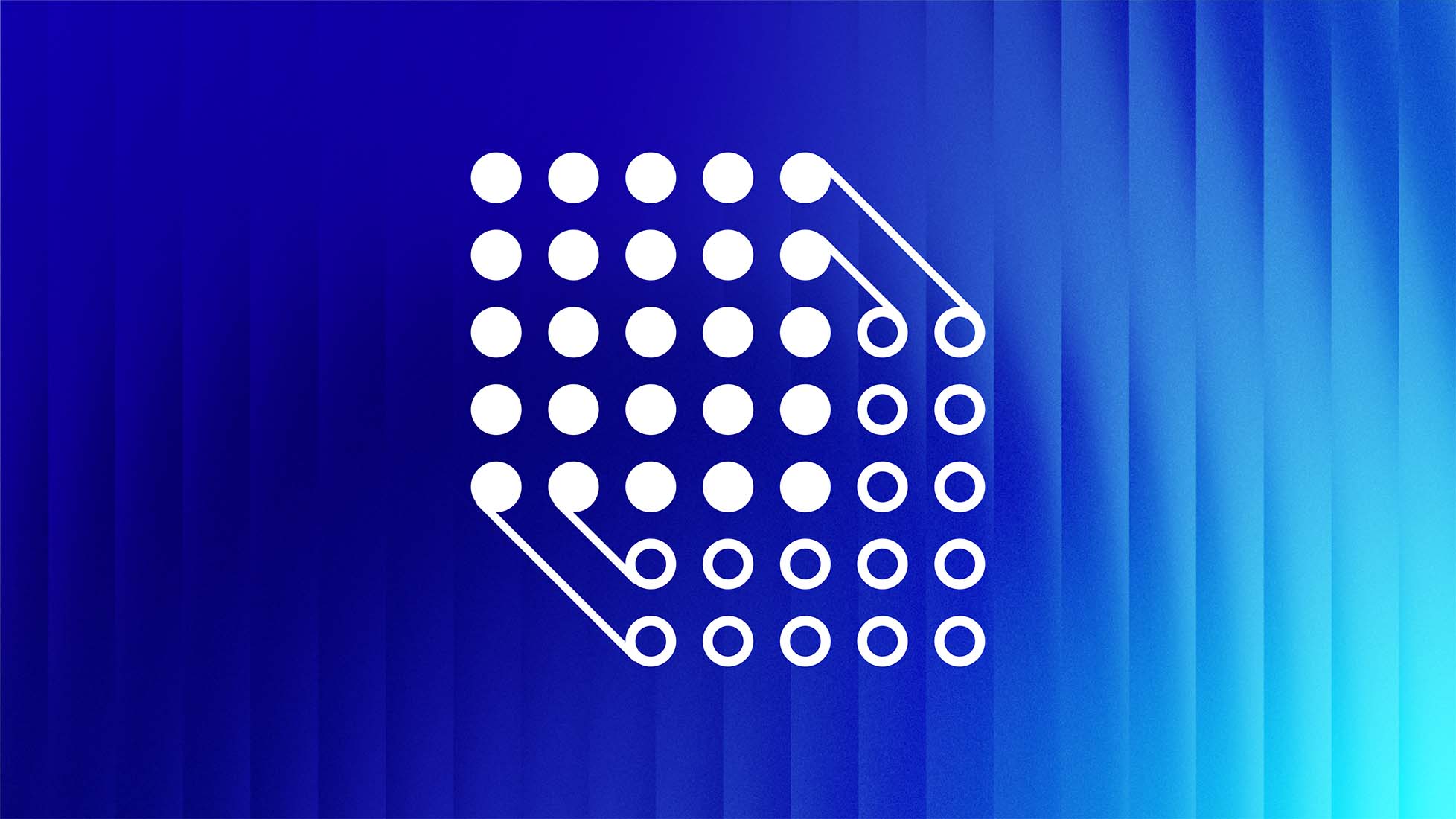“We spent decades trying to hard-code intelligence into machines. It failed spectacularly. Now we’re making the same mistake with AI security.”
Before machine learning, we spent years trying to teach computers to recognize things like cats or understand human language using hand-written rules. In image recognition, engineers crafted edge detectors, defined object boundaries, and wrote explicit logic: “if it has two ears, a tail, and a certain pixel distribution, maybe it’s a cat.”
But the variations are endless. A cat in the dark, a cat at an angle, a cat in a Halloween costume. It all broke.
So we added more code. More exceptions. More layers of brittle logic. It became a never-ending cycle of chasing edge cases and patching failures.
The same thing happened in natural language processing. Teams built elaborate grammars, dictionaries, and pattern matchers. It worked fine for toy problems, but fell apart when facing the hardest tasks.
Human language doesn’t play by fixed rules.

Then Came AlexNet, and Everything Changed
In 2012, AlexNet blew away the competition in the ImageNet challenge by doing something radical: it didn’t rely on hand-coded features. It used deep learning to figure things out on its own. No more hardwired rules, just data and a model capable of learning from it.
It wasn’t a small improvement. It was a step-change.
Accuracy soared, and soon after, the entire field of computer vision followed. The same thing happened in language: transformers took over, and suddenly translation, summarization, and generation started working (really working) for the first time.
The takeaway was clear. We thought we could out-code complexity. We couldn’t. And in security, we’re about to learn that lesson all over again, unless we act fast.
We're Making the Same Mistake in AI Security
Right now, most approaches to AI security are stuck in that pre-AlexNet mindset. People are using pattern matching, prompt filters, static guardrails, and manual test cases to try to secure systems that are inherently dynamic and open-ended.
These methods are fine for covering the basics. But they don’t generalize. You patch one prompt injection, and ten more show up. You block a jailbreak, and someone rewrites it with different phrasing.
It’s a never-ending game of whack-a-mole.
That’s because, just like images and language, the attack surface here is too broad, too creative, and too fast-moving to be handled with handcrafted logic. This is exactly the kind of problem where AI excels, because it’s not about writing the rules, it’s about learning the patterns.

AI Security Needs to Be AI-Native
If we want to build robust defenses for AI systems, we need to use the same paradigm that made them possible. That means training models to understand when something looks like an attack, even if it's a variation they've never seen before. It means building systems that can adapt to new tactics and keep up with the pace of change.
Static tools can help, but they hit a ceiling—and that ceiling is where the real danger begins. As the underlying models get more powerful and more complex, so will the ways people try to exploit them. Defending with static rules just won’t cut it.

Let's Not Wait a Decade to Catch Up
We’ve already lived through this transformation once. Rule-based systems gave way to machine learning, and the people who adapted early defined the future of their fields.
Now it’s happening again, in security. And we don’t need ten more years of trial and error to see where it’s going.
The threat isn’t just prompt injection. It’s complacency. It’s the belief that yesterday’s tools can defend tomorrow’s systems.
The lesson is sitting right in front of us. This time, those building security for this new era need to apply it faster.








